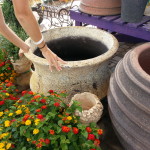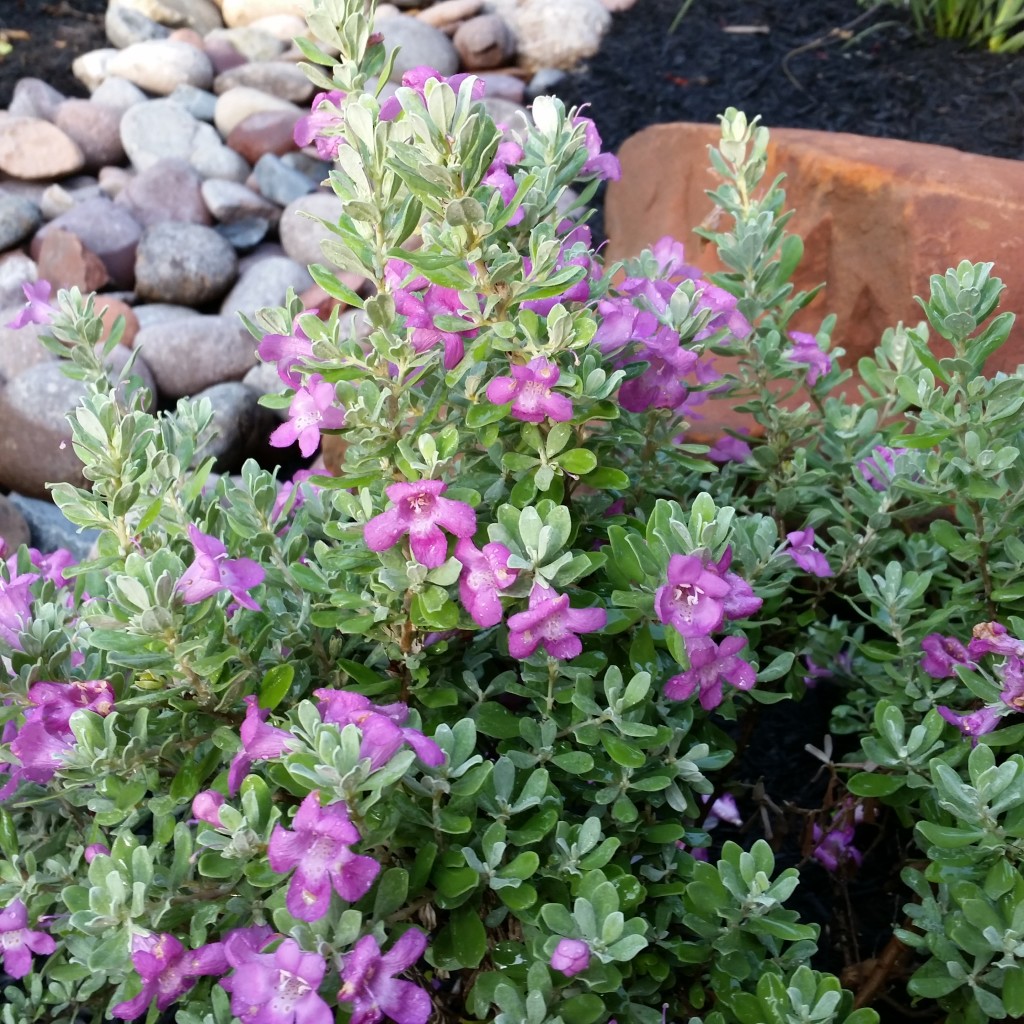 What is Sustainable Landscaping? In Texas we often think of a sustainable landscape as a drought tolerant landscape in which we plant Texas native plants or we plant a xeriscape. Although sustainable issues include drought, other issues that we can help solve with better landscaping practices include water pollution, air pollution, and storm water management.
What is Sustainable Landscaping? In Texas we often think of a sustainable landscape as a drought tolerant landscape in which we plant Texas native plants or we plant a xeriscape. Although sustainable issues include drought, other issues that we can help solve with better landscaping practices include water pollution, air pollution, and storm water management.
Drought and Water Shortage Xeriscaping, using hardscape, and planting Texas native plants in the landscape can allow commercial and residential properties to have beautiful site appropriate landscapes with minimal impact on the environment. With proper site placement, an up-to-date irrigation system, and well chosen plant material, money and water savings can easily be shown.
in the landscape can allow commercial and residential properties to have beautiful site appropriate landscapes with minimal impact on the environment. With proper site placement, an up-to-date irrigation system, and well chosen plant material, money and water savings can easily be shown.
Xeriscaping is a popular landscape solution as it saves water and requires little fertilization and maintenance while still allowing attractive plant material to thrive. Cactus and succulents, although they are good xeriscape plant material, are not the only plant selections for most areas. Beautifully flowering Spirea and Black Eyed Susan along with greenery such as ornamental grasses and Juniper are just some alternatives to a desert style landscape. When watering xeriscape, it is best to use soaker hoses or drip irrigation.
 The use of hardscape such as river rock and boulders is a great solution to break up your landscape area as well as reduce watering. Dry river beds can also be created to alleviate some problems with storm water collection. Landscape pottery is a great way to add color to the landscape, especially in hardscape areas, while reducing and confining seasonal color areas which are easily watered with drip irrigation.
The use of hardscape such as river rock and boulders is a great solution to break up your landscape area as well as reduce watering. Dry river beds can also be created to alleviate some problems with storm water collection. Landscape pottery is a great way to add color to the landscape, especially in hardscape areas, while reducing and confining seasonal color areas which are easily watered with drip irrigation.
Texas native plant material often requires less water than adapted species and they can even handle drought and extreme heat better than other landscape plants found in nurseries. Yellow Columbine, Cross Vine, Frog Fruit, Muhly Grass, Red Yucca, Mealy Blue Sage, Wax Myrtle, and American Beautyberry are just a few of the many shrubs, grasses, flowers, and groundcovers available to create a unique native landscape.
Water Pollution and Storm Water Management Rain Gardens are an excellent way to reduce water pollution and practice good storm water management. Many Texas native plants and preferred xeriscape plant material are also great rain garden selections.
Storm water management practices include but are not limited to using rain gardens to collect and direct excess water, constructing a rain barrel or cistern that collect clean rain water from downspouts, installing a green roof, bio-swales or bio-retention ponds (can be similar to rain gardens). Other more extensive commercial storm water management practices include permeable/porous paving such as pavers set in sand.
